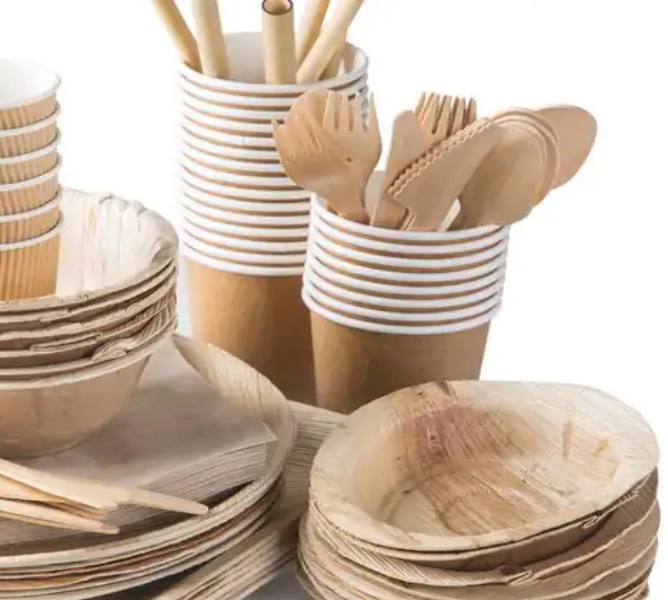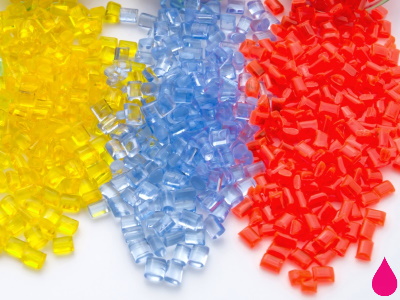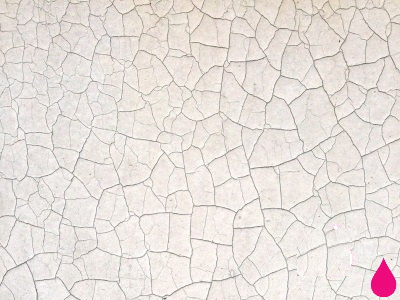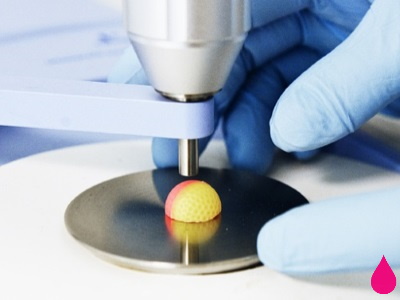Presence of toxic substances ?
Bamboo is a plant, it is not wood, only its fibers are used to make utensils such as spoons and plates.
To do this, this natural material is ground in the form of fiber or powder, agglomerated and hot-compacted using a thermosetting plastic material, most often a Melamine-Formaldehyde (or MF or Melamine-Formaldehyde) resin. If the latter is of poor quality (…), toxic compounds can be extracted , especially when hot, migrate into the food and damage the kidneys, for example ( Formaldehyde is recognized as a carcinogen).
Do not use bamboo dishes for your drinks and hot dishes, especially no microwave!
The Polymex laboratory can offer you analyzes of extractables in screening, food contact studies or targeting on Formaldehyde.

 EN
EN
 FR
FR




